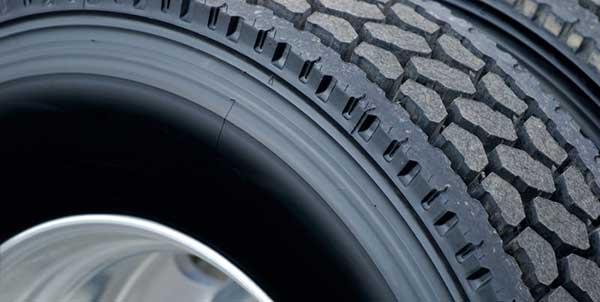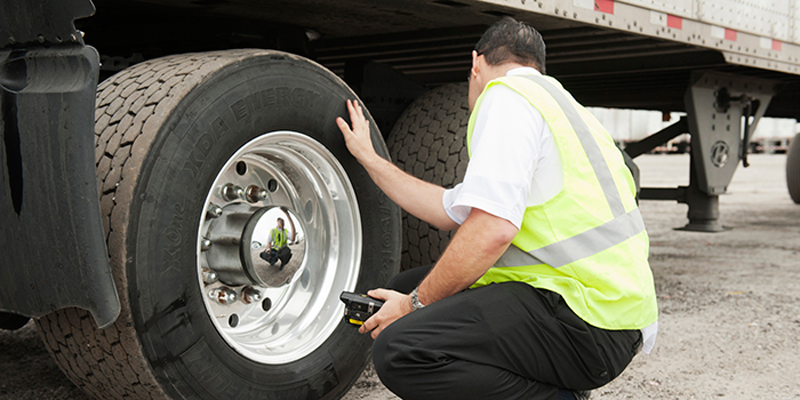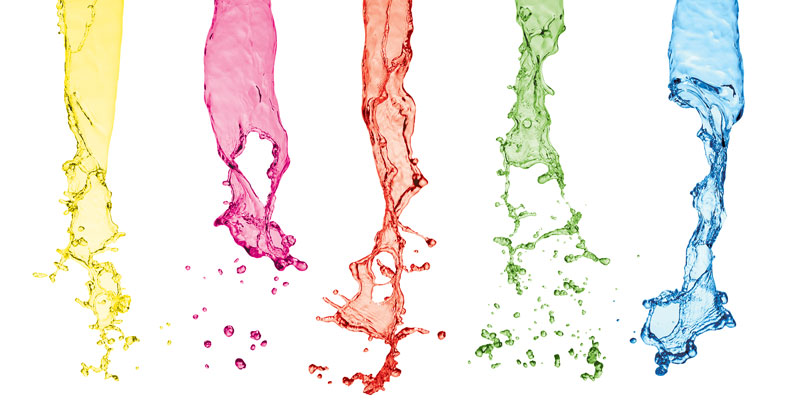With the average retail price of a new commercial truck tire in the $500 range, fleets take tire choices seriously. A typical 18-wheeler may have an investment of $8,000-plus in tires for a single tractor-trailer. Every fleet manager has a similar goal of maximizing tire removal mileage down to their fleet’s tread depth pull point. The legal DOT limit is 4/32-in. of remaining tread depth for steer tires and 2/32-in. for drives, trailer and dolly tires. Fleets typically do not run the tires all the way down to the legal limit in order to protect the tire casing for the upcoming retread process. Running tires down to the legal minimum tread depth can lead to cuts, punctures and stone damages, which will adversely affect the tire casing. Since a retread costs in the neighborhood of one-third to one-half the price of a new tire (depending on make, model, compound and tread depth), it is clearly in the fleet’s best interest financially to protect the tire casing to ensure that the tire will survive the retread process.
There is a plethora of issues that can lead to premature tire removals. Let’s take a look at some of those issues and how to troubleshoot and take corrective steps.
Tires that develop irregular wear will not only have to be removed early from service, but could also see a drop in fuel economy. When the tires are not worn smooth and evenly, they will bounce down the highway. The conditions that cause tires to develop uneven and irregular wear include improper vehicle alignment, running tires underinflated based on the actual tire loads, inappropriate tread compound for the specific service vocation and using the wrong tread design for the application. If the same tire models are running on multiple vehicles and all experience irregular wear, it usually points to a poor choice of tire design. In this case, working with your tire professional to choose a more appropriate tire make/model should solve the irregular wear condition.
When irregular wear is only limited to a few vehicles, the first check should be that the tire air pressures are acceptable and the vehicle is in proper alignment. If the steer tires are generating uneven wear and the tractor alignment appears to be within specification, the trailer alignment should be checked. Trailers out of alignment can lead to steer tires pulling either left or right and cause uneven wear.
Some tire designs may be more susceptible to developing irregular wear. It is always a good idea for fleets to evaluate various tire makes/models to assure that the current tire of choice for the various wheel positions is the best when it comes to cost/mile and miles/32 in.
Choosing the proper tire pressure based on your loads will also help to maximize tire removals and reduce irregular wear. Tire load/inflation tables are published by all the tire manufacturers. The proper tire pressure should be based on your worst-case load condition.
The bible of the trucking industry when it comes to identifying irregular wear conditions and what may have caused the specific issue is the “Radial Tire Conditions and Analysis Guide,” published by the Technology and Maintenance Council (TMC) of the American Trucking Associations. This guide covers both new tires and retreads. It also breaks down the tires into sections depending on specific wheel position—steer, drive, or trailer. It is never completely black and white what causes a specific tire condition—there is usually more than one cause for every tire condition, which the manual covers in detail. For those intermodal chassis operations that still run bias tires, the TMC also publishes a Bias Tire Conditions Analysis Guide.
Specific service vocation dictates how many removal miles a fleet can expect. Pure linehaul operation will always reach the highest tire mileages. Under these slow wear rate operations, irregular wear may develop at a higher frequency compared to tires running in city pickup and delivery (P&D) service. In P&D-type service, vehicles make a lot of turns, which usually results in tread rubber being scrub off quite rapidly compared to linehaul service. P&D service sees very little irregular wear develop because the rubber is scrubbing off so quickly.
It is always a good idea to work with your local tire dealer to help troubleshoot tire issues and keep those tires properly inflated. Always check tire pressures using a calibrated tire pressure gauge.













